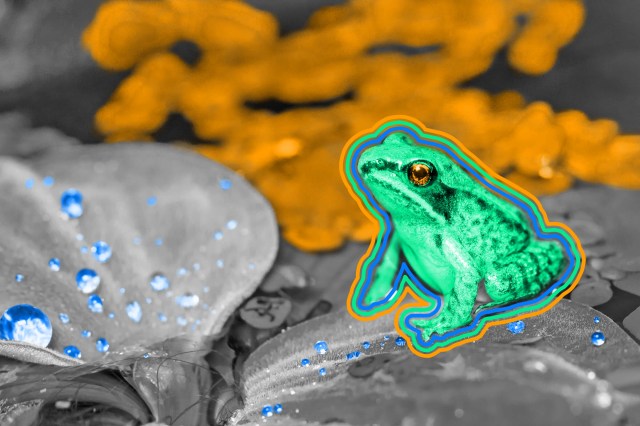
Numbers Don't Lie

The wood frog’s scientific name is ______.

Ready to reveal?
Confirm your email to play the next question?

The wood frog’s scientific name is Lithobates sylvaticus.

The South Pole is much colder than the North Pole.
Though it may sound counterintuitive (since we often think of Southern climes as warmer), the South Pole is actually much colder than the North Pole. While the North Pole has an average summer temperature of a comparatively balmy 32 degrees Fahrenheit, at the South Pole it’s -18 degrees Fahrenheit. The difference is largely because much of the South Pole is 9,000 feet — about a mile and a half — above sea level, making Antarctica the world’s highest continent by a considerable margin and resulting in much colder temperatures due to the thinner atmosphere. The North Pole is smack dab in the middle of the Arctic Ocean (the world’s smallest), with its surface ice a mere foot or so above sea level.

















